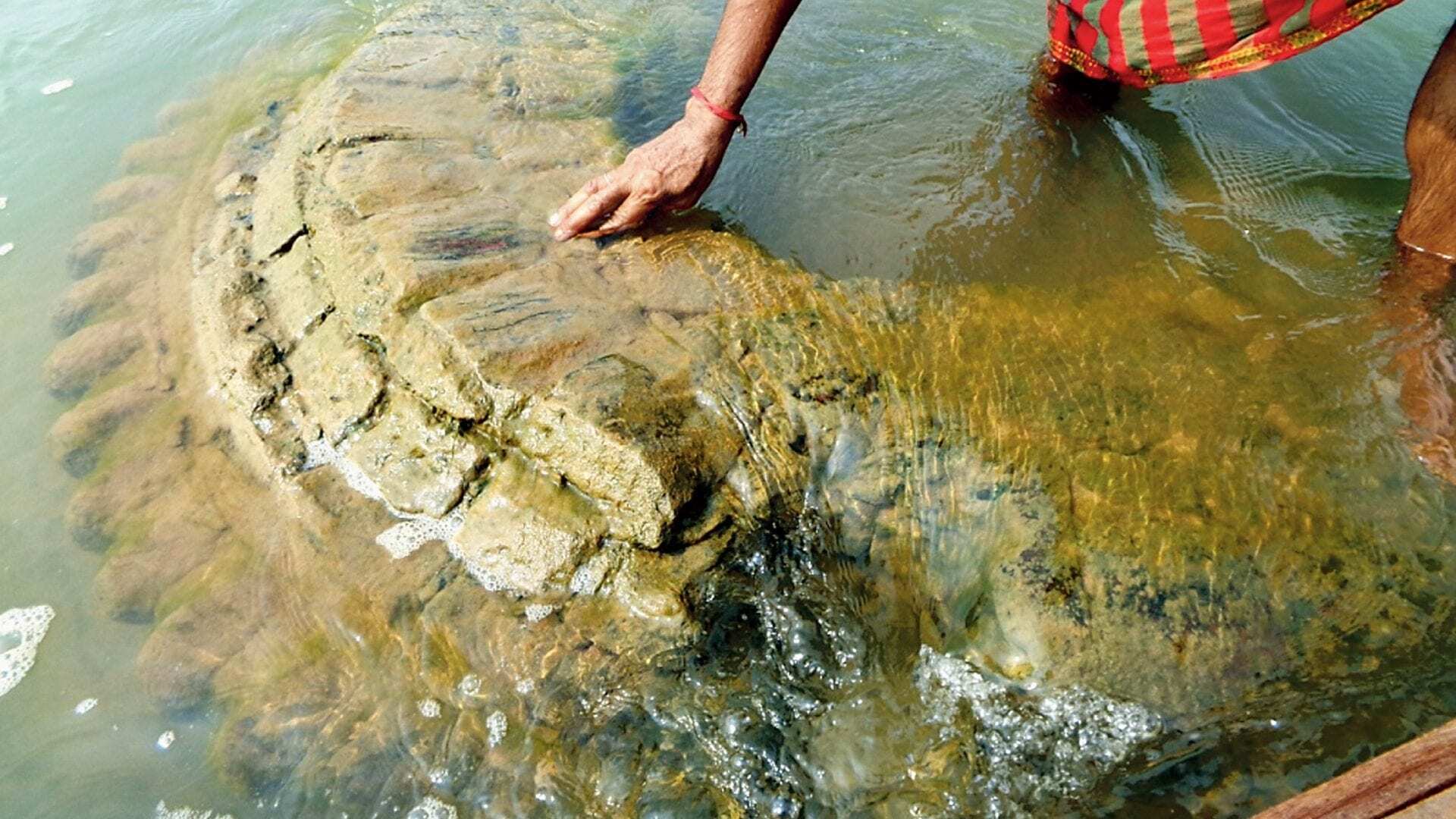Archaeologists from the Indian National Trust for Art (INTACH) have announced the re-appearance of a submerged temple in the Odisha region of India.
The temple was dedicated to Lord Gopinath, an avatar of Vishnu and dates from the 15th-16th century.
During the 19th century, the Mahandi River changed its course, resulting in the Odisha temple and a nearby village to be completed submerged with the rising waters. Many of the temple deities and statues were removed and installed in the Gopinath Dev temple of Padmavati village for safety.
INTACH has been conducting a research project to document the heritage sites and monuments across the entire length of the Mahanadi River, from the source to the sea covering a distance of nearly 1700 km.
As many as 65 ancient temples have been found submerged in the Mahanadi river by the project. After several attempts by project members to locate the Odisha temple, INTACH were alerted to reports that the temple was visible for the first time in 11 eleven years.
NTACH chief Anil Kumar Dhir has suggested that the structure could be restored and will be approaching the Archaeological Survey of India to take steps for the temple’s relocation.





